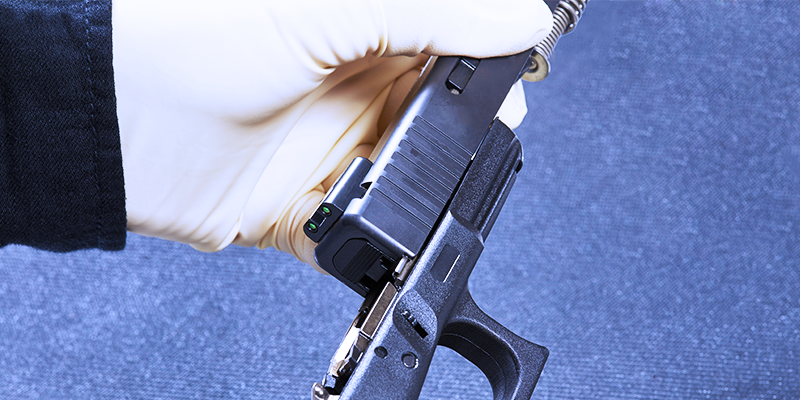
Americans are impacted by various forms of gun violence, including firearm suicides and unintentional shootings. These accidents are frequently attributed to unattended guns, which are still unable to authenticate a user’s identity.
Not having a solution that personalizes weapons has been devastating. According to the Educational Fund to Stop Gun Violence (EFSGV), each year, nearly 500 people die from unintentional firearm injuries — more than one person every single day. Adults are not the only victims, as more than 100 children and youth die annually due to unintentional gun injuries.
After nearly two decades of expectation, smart guns may finally be available in the U.S. market. The advanced technology is promising to mitigate these serious public health issues by disabling a gun if anyone else apart from the owner tries to fire it.
The applications are important:
- The chances of children being shot while playing with an unguarded gun are eliminated.
- Weapons of police officers will not be used against them by criminals.
- In addition, victims of crimes and suicides using somebody else’s firearm can be reduced.
Further, officers are often injured with their own guns in correctional facilities and prisons, when there is overcrowding, gang rivalries, and disputes among inmates. Surely, smart guns could be a valuable tool to prevent tragedies in these extremely dangerous work environments
Advanced weapons are intended to be safer than traditional firearms by using first-class authentication technologies:
- Biometrical-based trigger locks — By utilizing fingerprints or palm-based readers that unlock the gun only after the biometric data is identified and verified.
- Radiofrequency identification (RFID) trigger locks — By using electromagnets or radio waves to unlock the trigger only when the firearm is close to an electronically matched external device.
RFID could be a better option since it works reliably indoors and outdoors, allowing law enforcement and gun owners to be protected in the streets as well. This technology relies on the proximity between a chip inserted in the gun and a corresponding wearable tag that is placed on a ring, watch, or bracelet.
Importantly, personalized firearms can be operated by the authenticated user and their designated associates, without requiring a major change in behavior. By simply using a wearable transponder tag in a ring or a bracelet, and keeping it on, gun owners can have peace of mind that their gun will be safe from falling into the wrong hands.
Personalized firearms pledge to use modern technologies to prevent shootings that occur when unauthorized users gain access to unsecured guns. It is still unclear whether they will be as effective and safe as they promise to be. Nevertheless, this technology could be a step in the right direction to mitigate the public health epidemic that gun violence is.
